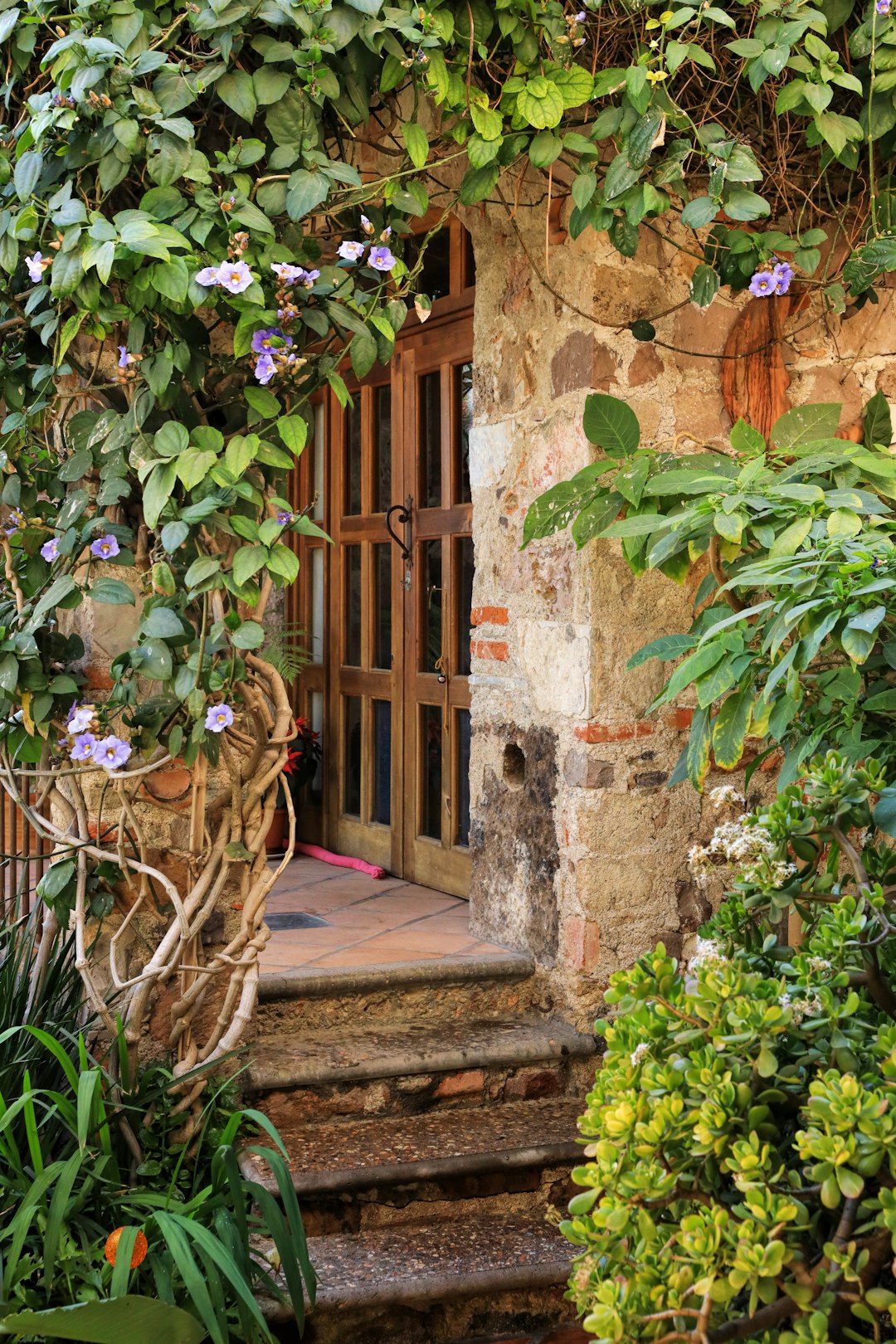Creating an Edible Landscape: Combining Beauty and Functionality
Imagine stepping into your own backyard and being greeted by a landscape that not only looks stunning but also provides you with a bountiful harvest of fresh fruits, vegetables, and herbs. This is the concept of creating an edible landscape – a harmonious combination of beauty and functionality. In this blog post, we will dive into the world of edible landscaping, exploring its benefits, design considerations, and some plant suggestions to get you started.
Edible landscapes offer a unique and sustainable approach to gardening, as they merge aesthetically pleasing elements with the practicality of growing your own food. Gone are the days when a traditional vegetable patch had to be hidden in a corner of the backyard. With thoughtful planning and design, an edible landscape can seamlessly integrate edible plants into your existing garden or even completely replace your conventional ornamental landscaping.
One of the primary benefits of creating an edible landscape is the availability of fresh, organic produce right at your fingertips. Instead of relying on a trip to the grocery store, you can simply step outside and harvest your own fruits and vegetables. Not only is this convenient, but it also ensures that you have access to food that is grown without harmful pesticides or chemicals.
Another advantage of edible landscapes lies in their environmental impact. By growing your own food, you reduce the distance that your produce needs to travel, decreasing your carbon footprint. Additionally, incorporating a variety of edible plants in your garden can support biodiversity, attracting beneficial insects, birds, and other wildlife to your yard. This creates a balanced ecosystem and promotes natural pest control, minimizing the need for harmful pesticides.
When planning your edible landscape, it is essential to consider both aesthetics and functionality. Start by assessing the available space and sunlight patterns in your yard. As with any garden design, it is crucial to choose plants that are suitable for your climate and soil conditions. Research the specific needs of each plant, including water requirements, sun exposure, and spacing, to ensure optimal growth and productivity.
In terms of design, edible landscapes can be as diverse as traditional ornamental gardens. You can integrate edible plants into existing flower beds, or create dedicated edible garden beds or containers. Mixing different varieties and sizes of edible plants can add texture, color, and interest to your landscape, making it visually appealing and inviting.
Some popular edible plants for landscaping include fruit trees such as apples, pears, and plums, which provide shade and a beautiful focal point in the garden. Berry bushes like blueberries, raspberries, and blackberries can be used as hedges or planted along a fence. Leafy greens like kale and lettuce can be incorporated into flower beds, adding both beauty and a delicious, nutritious harvest. Additionally, herbs such as basil, rosemary, and mint can be grown in containers or as borders, releasing delightful aromas and enhancing the sensory experience of your garden.
Maintaining an edible landscape requires regular care and attention. Proper watering, pruning, and fertilization are crucial for healthy plant growth and a high yield of fruits and vegetables. It is also important to practice good pest management techniques, such as companion planting and mulching, to prevent and address any infestations naturally.
In conclusion, creating an edible landscape can elevate the functionality and beauty of your garden beyond what traditional landscaping can offer. By integrating edible plants into your outdoor space, you can enjoy the benefits of fresh produce, reduced environmental impact, and a visually stunning garden. With careful planning, design considerations, and a touch of creativity, you can transform your backyard into an oasis of both sustenance and beauty. So go ahead, start envisioning the possibilities, and embark on the journey of creating your own edible landscape.

